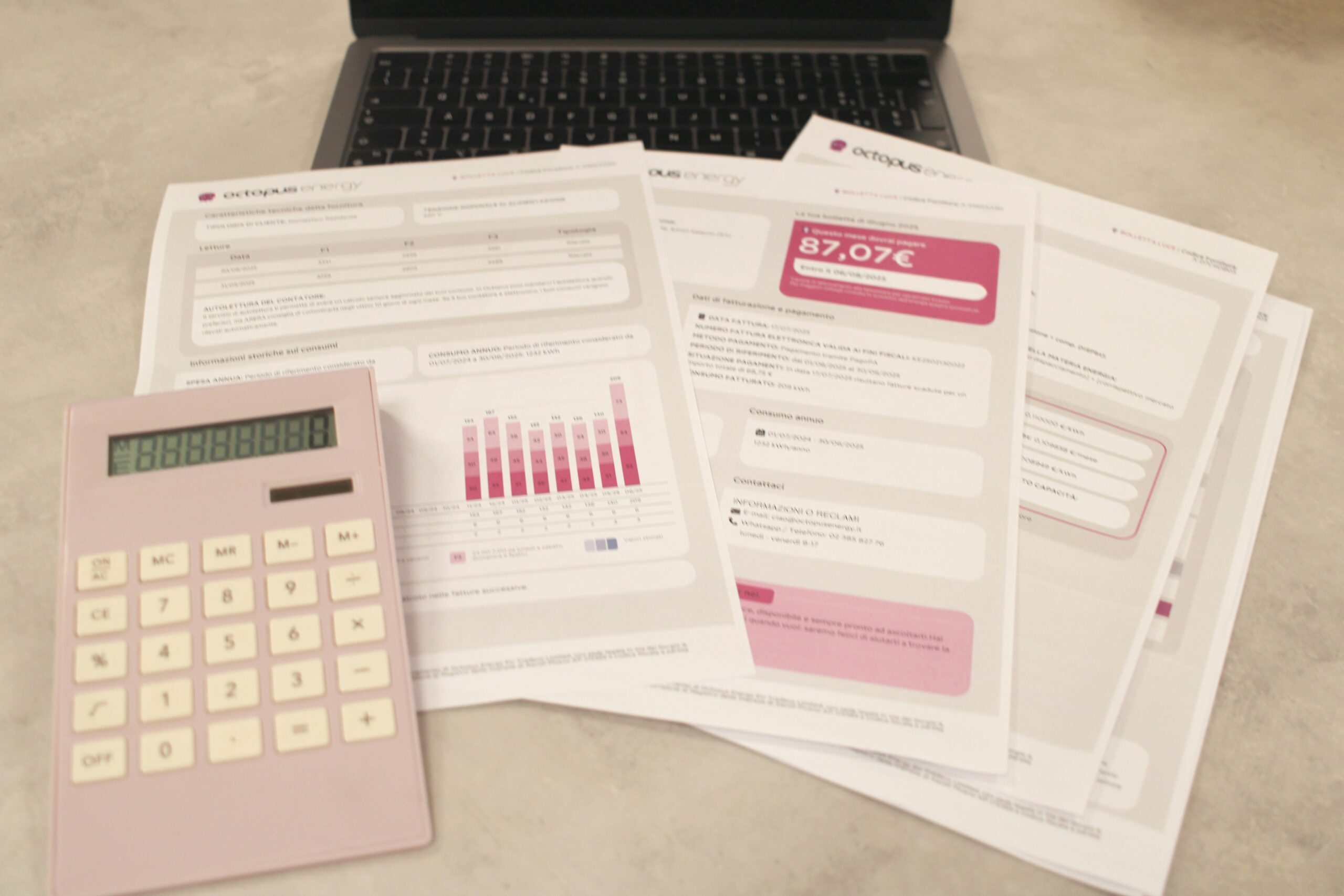Ever sat on a client call, nodding politely while secretly wondering if they’re actually listening to you? Yeah, us too. Let’s fix that.
Welcome to the ultimate guide on mastering client communication, especially when it comes to consulting courses in personal finance—focusing on financial tools and apps. If you’ve ever struggled to convey your expertise or felt misunderstood by clients, this is your lifeline. In this post, we’ll dive deep into strategies for clear, effective communication that converts. By the end of this article, you’ll know:
- Why client communication is the backbone of successful consulting courses.
- Step-by-step techniques to improve clarity and trust with clients.
- Tips from real-life success stories (and one epic fail).
Table of Contents
- Introduction
- Key Takeaways
- Why Client Communication Matters More Than You Think
- How to Boost Client Communication Skills: A Step-by-Step Guide
- 5 Best Practices for Nailing Client Communication
- Real-Life Examples: What Works (and Doesn’t)
- FAQs about Client Communication in Consulting Courses
- Conclusion
Key Takeaways
- Clarity is King: Miscommunication costs businesses billions annually; don’t let vague emails ruin your consulting course relationships.
- Active Listening Wins: Clients appreciate being heard—not just spoken to.
- Tools Matter: Use financial tools and apps designed for seamless interactions.
Why Client Communication Matters More Than You Think

Did you know that nearly 80% of workplace problems arise due to poor communication? Now imagine those stats applied to your consulting courses. Without solid client communication, even the best financial advice goes unheard. Trust me—I learned this the hard way.
I once pitched a killer course on budgeting apps to a potential client. The catch? I spent 90% of the call talking—without asking them what their pain points were. Spoiler alert: They ghosted me faster than my Tamagotchi died back in ’99.
So why does client communication matter so much?
- It Builds Trust: People buy from those they trust.
- It Drives Clarity: Ambiguity leads to frustration (and refunds).
- It Sets Expectations: Clear goals = fewer surprises later.
How to Boost Client Communication Skills: A Step-by-Step Guide
Step 1: Understand Their Pain Points

Optimist You: “Let’s dive right into solutions!”
Grumpy You: “Hold up—first, figure out what they need.”
Before recommending any tool or app, ask probing questions like:
- “What challenges are you currently facing?”
- “How do you prefer to track expenses?”
Step 2: Choose the Right Tools
Not all platforms work equally well for every client. Research options like:
- Mint: Great for beginners who want simplicity.
- You Need a Budget (YNAB): Ideal for detail-oriented types.
Step 3: Keep It Conversational
Instead of dumping info on them, frame it as dialogue:
“Here’s an idea: Would using Mint help streamline your expenses?”
Step 4: Follow Up Regularly
A single email saying, “Checking in—is everything working smoothly?” shows you care.
Step 5: Adapt Based on Feedback
If something isn’t resonating, pivot. Be flexible like play-dough, not brittle like a pencil tip under pressure.
5 Best Practices for Nailing Client Communication
- Schedule Consistent Check-ins. Weekly meetings keep everyone aligned.
- Use Visuals When Possible. Screenshots and charts > paragraphs of text.
- Be Honest About Limitations. If a tool has downsides, mention them upfront.
- Avoid Jargon Overload. Not everyone knows what ROI means—explain it gently.
- Personalize Recommendations. One size never fits all.
Real-Life Examples: What Works (and Doesn’t)
Success Story: Jane, a certified financial planner, used YNAB during her consulting sessions. She walked clients through its features step-by-step via Zoom, resulting in a 40% increase in client retention.
Epic Fail: John tried cramming seven different apps into a single presentation. His overwhelmed clients ended up choosing none. Oof.
FAQs about Client Communication in Consulting Courses
Q1: How often should I communicate with clients?
At least weekly, but tailor frequency based on project needs.
Q2: What tools can improve virtual communication?
Zoho Projects, Slack, and Loom are fantastic choices.
Q3: How do I handle difficult clients?
Stay calm, listen actively, and focus on finding solutions together.
Conclusion
Mastering client communication may feel daunting at first, but it’s worth every ounce of effort. Remember:
- Clients crave connection over transaction.
- The right tools + clear communication = success.
- And hey—if nothing else works, bribe them with coffee. Works every time.
Like a perfectly stacked Jenga tower, your consulting courses will thrive when built on a foundation of strong communication. So go forth, chat smartly, and watch your clients thank you—maybe even with emojis 😊✨.
*Haiku Time:*
Words bridge vast divides,
Trust blooms where clarity lives,
Communicate well.*


